May 21, 2025 | 06:35 GMT +7
May 21, 2025 | 06:35 GMT +7
Hotline: 0913.378.918
May 21, 2025 | 06:35 GMT +7
Hotline: 0913.378.918
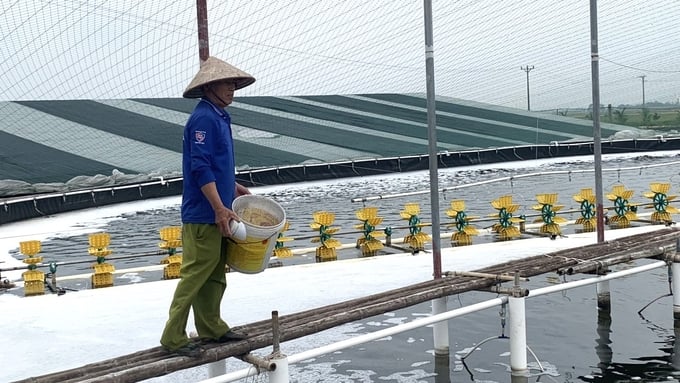
Households raising winter shrimp in Kim Son district, Ninh Binh province. Photo: Kien Trung.
White spot disease on shrimp is caused by a virus, often appearing in winter when temperatures are low. The condition was first recorded in Taiwan in 1992. Then, the disease was discovered and determined to be the cause of high mortality rates for farmed shrimp in many countries worldwide, such as China, Japan, Vietnam, Thailand, and the United States.
To date, white spot disease is still a danger, causing damage to the shrimp industry worldwide.
Implementing the plan to prevent livestock, poultry, and aquaculture diseases in the area in 2023, the fisheries industry of Ninh Binh province has actively propagated to the people.
Right from when households were preparing to start stocking winter shrimp, the Ninh Binh Department of Livestock and Veterinary Medicine coordinated with the Central Veterinary Diagnostic Center to take samples for testing using the Real-time PCR technique for 20 shrimp samples from 14 shrimp farming households in Kim Dong, Kim Hai communes and Binh Minh town, Kim Son district, Ninh Binh province. As a result, the white spot virus was not detected in shrimp.
Test results must be sent to the People's Committees of communes and towns, and farming households are sampled for monitoring to strengthen the prevention of viral white spot disease on shrimp.
At the same time, the Commune People's Committee is responsible for appointing specialized staff to regularly monitor and closely monitor the area to inspect, supervise, and guide farming households on measures to treat the pond environment and prevent and fight epidemics.
In detecting abnormal deaths of farmed aquatic animals, specialized agencies must promptly inform the district People's Committee and Ninh Binh Provincial Department of Livestock and Veterinary Medicine to coordinate inspection and take samples for disease diagnosis, promptly control the epidemic following regulations.

White spot disease caused by virus in farmed shrimp.
According to aquatic veterinary experts, white spot disease on shrimp has no specific treatment. Therefore, if people discover or suspect signs of illness on the pond, they must immediately notify the nearest specialized agency and surrounding farming households to take timely preventive measures to avoid spreading the disease area-wide.
Some measures required from shrimp farming owners include regularly checking shrimp body color, ability to catch prey, and health status of shrimp to detect and treat diseases promptly. When white spot disease occurs in surrounding ponds and lagoons, farmers should not supply water directly from outside to the pond.
Shrimp farmers are recommended to increase the management of environmental factors in ponds, increasing shrimp resistance. Household owners need to monitor and grasp information about the epidemic in the area, weather forecasts, and warnings from specialized agencies to take proactive measures to prevent epidemics.
Ninh Binh Fisheries Department is committed and ready to send specialized officers to the area to support and advise coastal regions such as the Kim Son district on disease prevention processes and methods.
Mr. Pham Huy Trung, an officer of the Department of Fisheries assigned to control the area in Kim Son district, said that the best way to deal with white spot disease is to increase disease prevention using integrated methods.
White spot disease is mainly transmitted horizontally from crustaceans (crabs, crabs, etc.) infected with white spot disease from the environment outside the pond or suitable in the shrimp pond. When preparing the pond, it is necessary to destroy all disease vectors with lime or chlorine, scrape off the bottom mud, spread lime, and dry the pond for 5-7 days. Fill holes in the pond banks so that crabs and crabs don't have a place to hide.
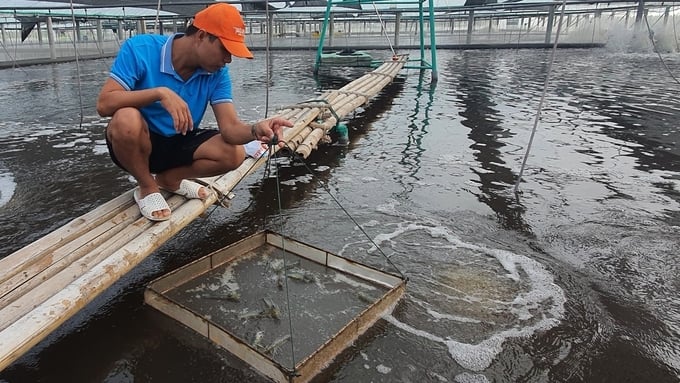
There is still no method to treat the viral disease that causes white spot disease, so synthetic methods can only prevent the disease. Photo: Kien Trung.
Water supplied to the pond must be filtered through multi-layer filter bags to prevent eggs and larvae of fish and crustaceans from entering the pond and becoming disease vectors. Breeds must go through quarantine, and farmers should breed at reputable facilities to ensure quality.
Pond environment, pH, toxic gas content, etc., need to be well managed, closely monitoring the weather situation, especially at the time of season change, when the northeast monsoon strengthens or weakens, or when it rains or is sunny irregularly.
Use biological products to maintain the pond environment and supplement beneficial microorganisms to inhibit pathogens. Add Vitamin C and probiotics mixed into the food to increase shrimp resistance. Do not use fresh food for shrimp because this is a potential pathogen.
In case the shrimp pond has white spots, implement quarantine measures immediately. If the shrimp has reached commercial size, harvest it early to avoid damage. Dead shrimp must be buried with lime powder far from the farming area. Do not throw shrimp with white spots into the outside environment.
For infected ponds or shrimp that are young but have begun to die, it is necessary to use high doses of disinfectants such as Formol 50 - 70 ppm or Chlorine 50 - 100 ppm to destroy the pond to kill the virus before draining the water out into the environment. These ponds should not be renovated immediately but allowed to rest for about 1 - 2 months and then regenerate the pond bottom.
Translated by Tuan Huy
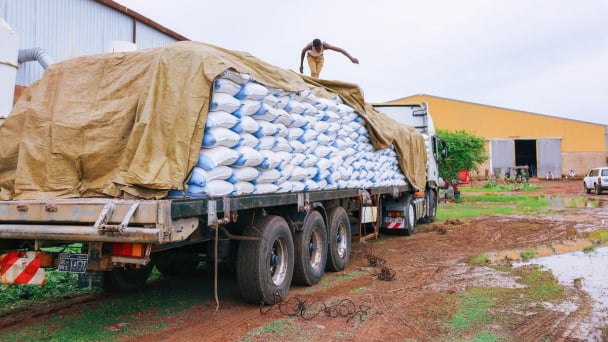
(VAN) In 2024, over 295 million people across 53 countries and territories faced acute hunger—an increase of almost 14 million people compared to 2023, while the number of people facing catastrophic levels of hunger reached a record high.
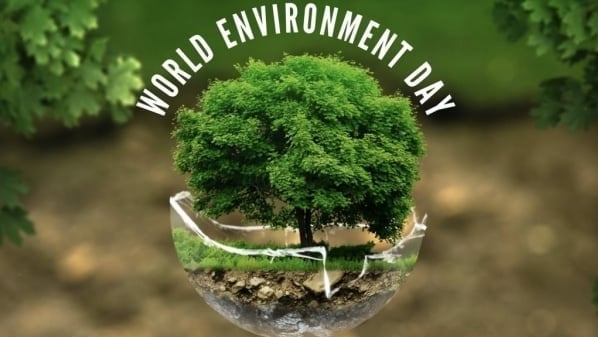
(VAN) World Environment Day 2025 (June 5) carries the theme 'Beat Plastic Pollution' continuing to emphasize the global urgency of addressing the plastic waste crisis.
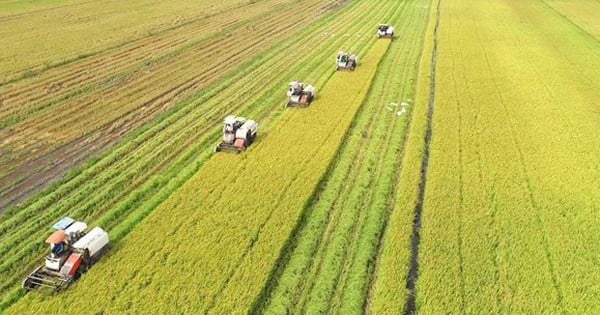
(VAN) This was the assessment shared by experts at the workshop titled 'Assessing the Role and Potential of Low-Emission Rice Production Systems in Vietnam,' held on the morning of May 19.

(VAN) Cai Rong Port is the fisheries control center of Quang Ninh, helping to monitor fishing vessels, combat IUU fishing, and remove the EC's 'yellow card'.
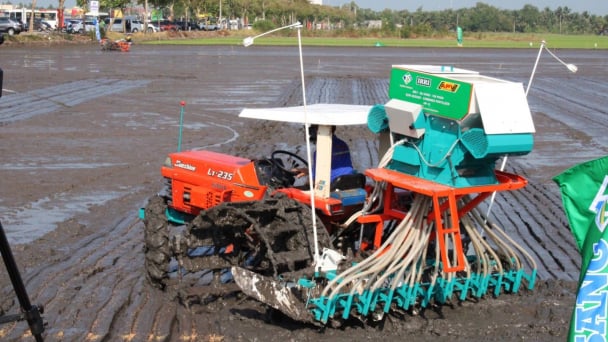
(VAN) The German Agricultural Society (DLG) explores the possibility of establishing a mechanization service center in Vietnam’s Mekong Delta to support farmers in accessing and utilizing advanced machinery.
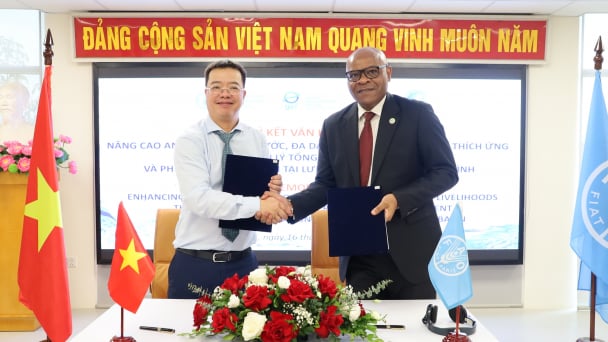
(VAN) On May 16, the Department of Water Resources Management, in collaboration with the Food and Agriculture Organization of the United Nations (FAO), held a signing ceremony for the GEF-8 project document.

(VAN) Food safety, mechanization, vocational training, and market opening are key areas of cooperation expected between the Vietnamese Government and the Federal Republic of Germany.